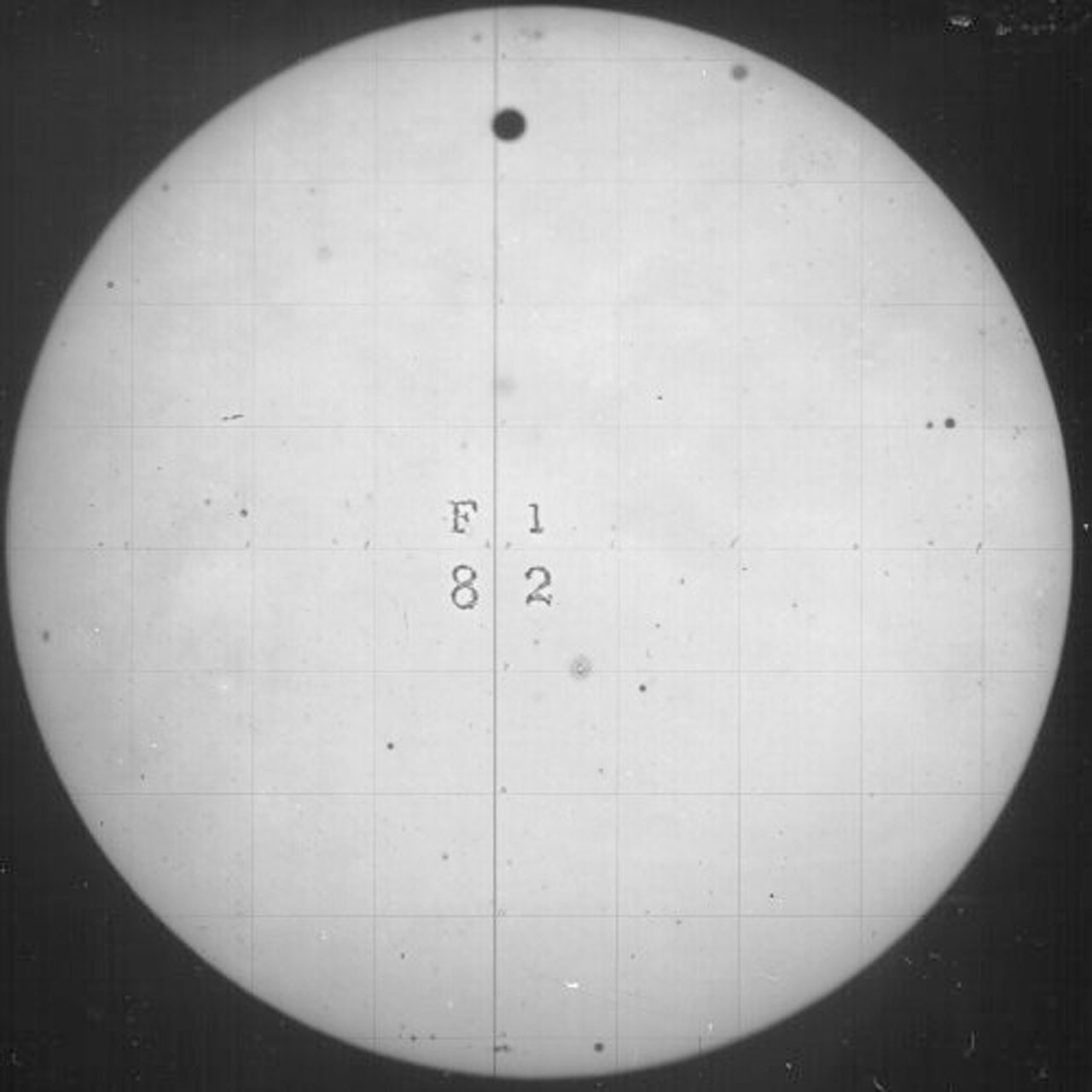Transit Of Venus, 1882 on:
[Wikipedia]
[Google]
[Amazon]
 The 1882 transit of Venus on 6 December 1882 (13:57 to 20:15 UTC), was the second and last
The 1882 transit of Venus on 6 December 1882 (13:57 to 20:15 UTC), was the second and last  The
The
1882 December 6, Venustransit, by Steven van Roode
{{Venus 1882 in science Transit of Venus December 1882 1882 in Mexico 1882 in the United States 1882 in France
 The 1882 transit of Venus on 6 December 1882 (13:57 to 20:15 UTC), was the second and last
The 1882 transit of Venus on 6 December 1882 (13:57 to 20:15 UTC), was the second and last transit of Venus
A transit of Venus takes place when Venus passes directly between the Sun and the Earth (or any other superior planet), becoming visible against (and hence obscuring a small portion of) the solar disk. During a transit, Venus is visible as ...
of the 19th century, the first having taken place eight years earlier in 1874. Many expeditions were sent by European powers to describe both episodes, eight by the United States Congress
The United States Congress is the legislature, legislative branch of the federal government of the United States. It is a Bicameralism, bicameral legislature, including a Lower house, lower body, the United States House of Representatives, ...
alone.
Edward James Stone organized the British expeditions. Stephen Joseph Perry
Stephen Joseph Perry SJ FRS (26 August 1833 – 27 December 1889) was an English Jesuit and astronomer, known as a participant in scientific expeditions.
Life
He belonged to a well-known Catholic family. His schooling was first at Giffor ...
and Commander Pelham Aldrich, as captain of HMS , observed the transit from an improvised tent observatory in Madagascar
Madagascar, officially the Republic of Madagascar, is an island country that includes the island of Madagascar and numerous smaller peripheral islands. Lying off the southeastern coast of Africa, it is the world's List of islands by area, f ...
.
Jean-Charles Houzeau
Jean-Charles Houzeau de Lehaie (October 7, 1820 – July 12, 1888) was a Belgian astronomer and journalist. A French speaker, he moved to New Orleans after getting in trouble for his politics in Belgium.
In the U.S. he continued his journalisti ...
invented in 1871 a heliometer
A heliometer (from Greek ἥλιος ''hḗlios'' "sun" and ''measure'') is an instrument originally designed for measuring the variation of the Sun's diameter at different seasons of the year, but applied now to the modern form of the instrumen ...
with unequal focal lengths. For the observation of the transit he organized two expeditions: one to San Antonio, Texas
San Antonio ( ; Spanish for "Anthony of Padua, Saint Anthony") is a city in the U.S. state of Texas and the most populous city in Greater San Antonio. San Antonio is the List of Texas metropolitan areas, third-largest metropolitan area in Texa ...
, and another to Santiago de Chile
Santiago (, ; ), also known as Santiago de Chile (), is the capital city, capital and largest city of Chile and one of the largest cities in the Americas. It is located in the country's Chilean Central Valley, central valley and is the center ...
. The two expeditions each had an identical copy of Houzeau's heliometer.
 The
The French Academy of Sciences
The French Academy of Sciences (, ) is a learned society, founded in 1666 by Louis XIV at the suggestion of Jean-Baptiste Colbert, to encourage and protect the spirit of French Scientific method, scientific research. It was at the forefron ...
organized ten expeditions to various locations, including Florida, Mexico, Haiti, Martinique
Martinique ( ; or ; Kalinago language, Kalinago: or ) is an island in the Lesser Antilles of the West Indies, in the eastern Caribbean Sea. It was previously known as Iguanacaera which translates to iguana island in Carib language, Kariʼn ...
, and Cape Horn
Cape Horn (, ) is the southernmost headland of the Tierra del Fuego archipelago of southern Chile, and is located on the small Hornos Island. Although not the most southerly point of South America (which is Águila Islet), Cape Horn marks the nor ...
. For observations of the transit by French expeditions, for the year 1883 the French Academy of Sciences awarded nine Lalande Prize
The Lalande Prize (French: ''Prix Lalande'' also known as Lalande Medal) was an award for scientific advances in astronomy, given from 1802 until 1970 by the French Academy of Sciences.
The prize was endowed by astronomer Jérôme Lalande in 1801 ...
s to scientists, including Jean Jacques Anatole Bouquet de La Grye (leader of expedition to Puebla, Mexico), Octave de Bernardières (leader of expedition to San Bernardo, Chile), and the naval officer Georges-Ernest Fleuriais (leader of expedition to the coast of the province Santa Cruz in Patagonia
Patagonia () is a geographical region that includes parts of Argentina and Chile at the southern end of South America. The region includes the southern section of the Andes mountain chain with lakes, fjords, temperate rainforests, and glaciers ...
).
The transit was observed from the United Kingdom by Samuel Cooper in Charminster and Roger Langdon at Silverton, both in Devon, and by W F Denning in Bristol. In Ireland by R S Ball, W Doberck and J L E Dreyer also saw it.
The event was celebrated in music with the Transit of Venus March by John Philip Sousa
John Philip Sousa ( , ; November 6, 1854 – March 6, 1932) was an American composer and conductor of the late Romantic music, Romantic era known primarily for American military March (music), marches. He is known as "The March King" or th ...
.
References
External links
1882 December 6, Venustransit, by Steven van Roode
{{Venus 1882 in science Transit of Venus December 1882 1882 in Mexico 1882 in the United States 1882 in France